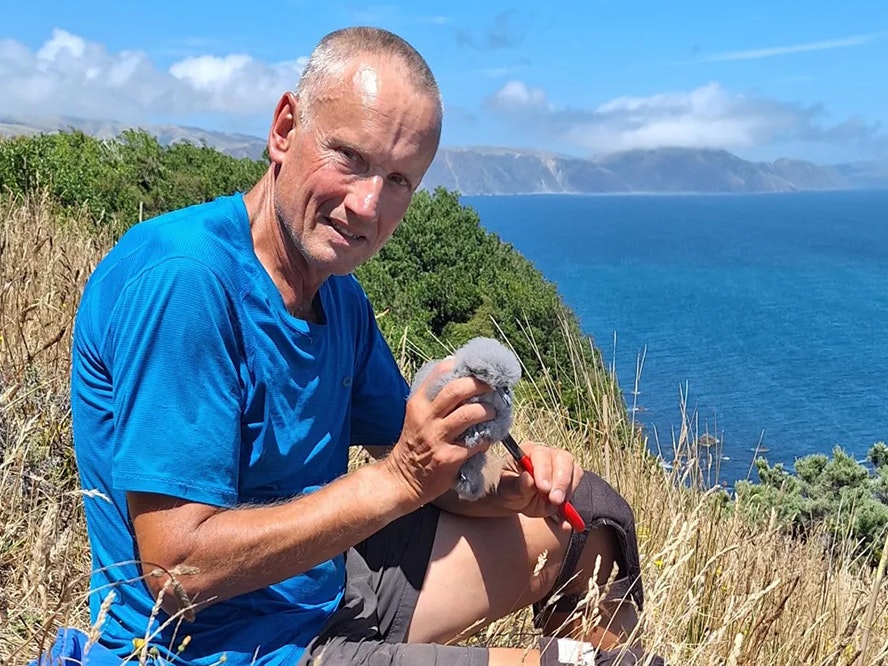
Every Last Bird: Birds of Te Araroa Trail
Between November 2023 and March 2024, Natural History curator Colin Miskelly walks the length of Aotearoa New Zealand on Te Araroa Trail counting every last bird on the way.
Free museum entry for New Zealanders and people living in New Zealand
Open every day 10am-6pm
(except Christmas Day)
Free museum entry for New Zealanders and people living in New Zealand
Birds are an important part of New Zealand's nationhood. We are the only nation where the people are colloquially known by a bird name – 'Kiwi'.

Between November 2023 and March 2024, Natural History curator Colin Miskelly walks the length of Aotearoa New Zealand on Te Araroa Trail counting every last bird on the way.
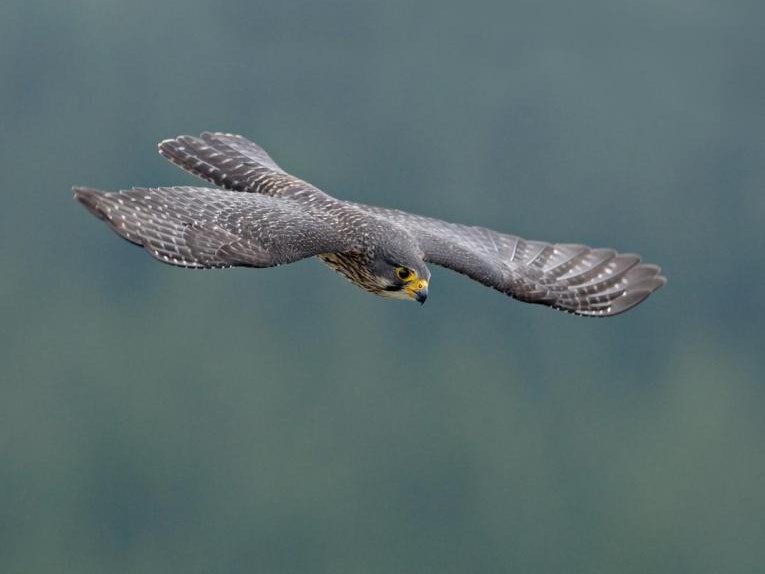
Aotearoa New Zealand has ten official Great Walks. Te Papa natural history curator Dr Colin Miskelly has walked (or paddled) them all and kept records of the birds that he encountered along the way.
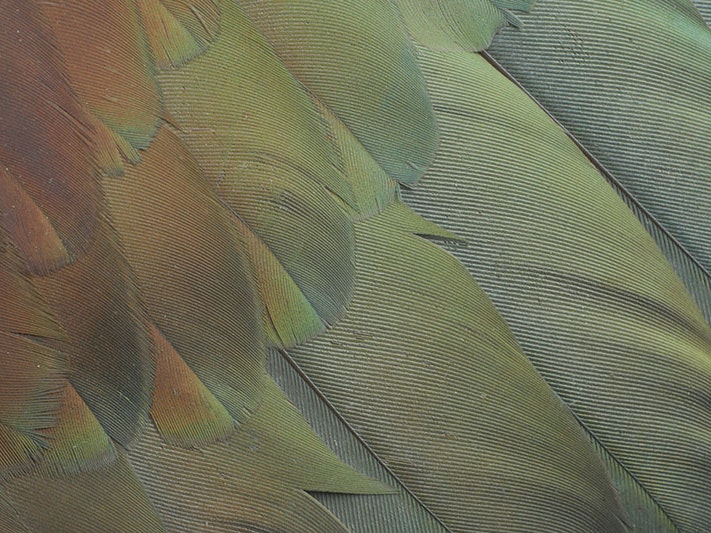
In Aotearoa New Zealand we’re lucky to have such unique native manu (birds). Using close-up photos of specimens in our collections, can you pick them?
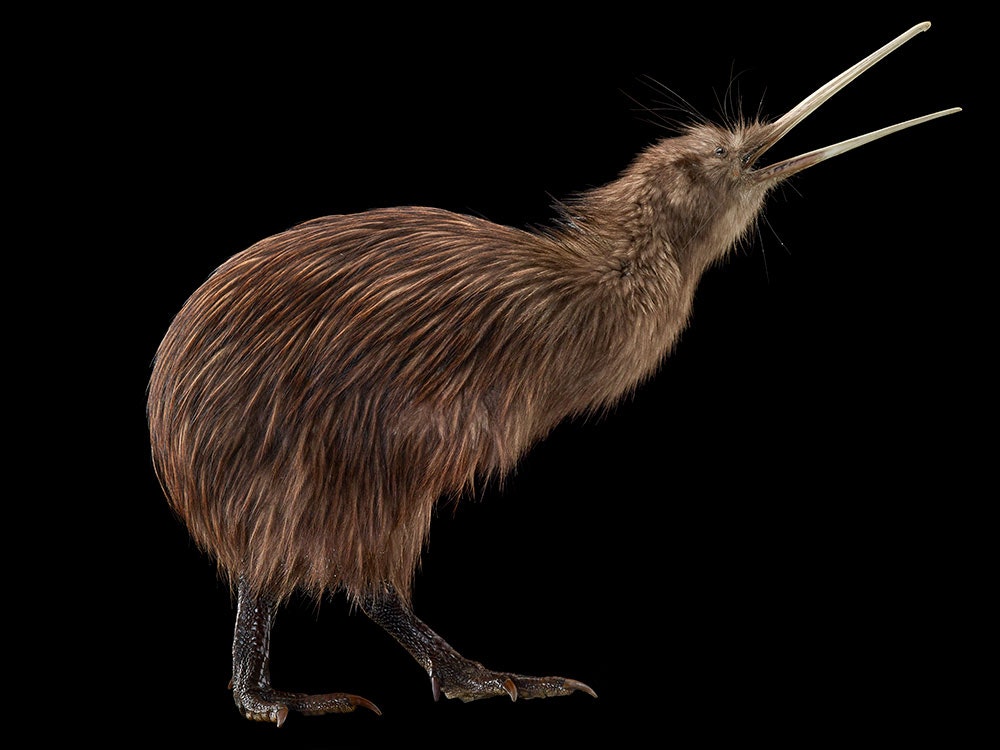
The kiwi is a symbol of Aotearoa – and one of the strangest birds in the world.
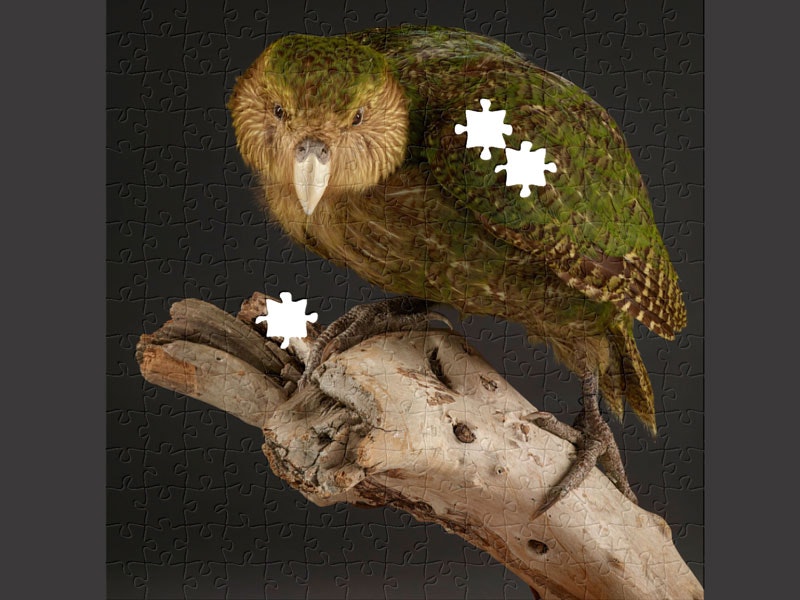
Birds are an important part of New Zealand's nationhood. We are the only nation where the people are colloquially known by a bird name – 'Kiwi'.
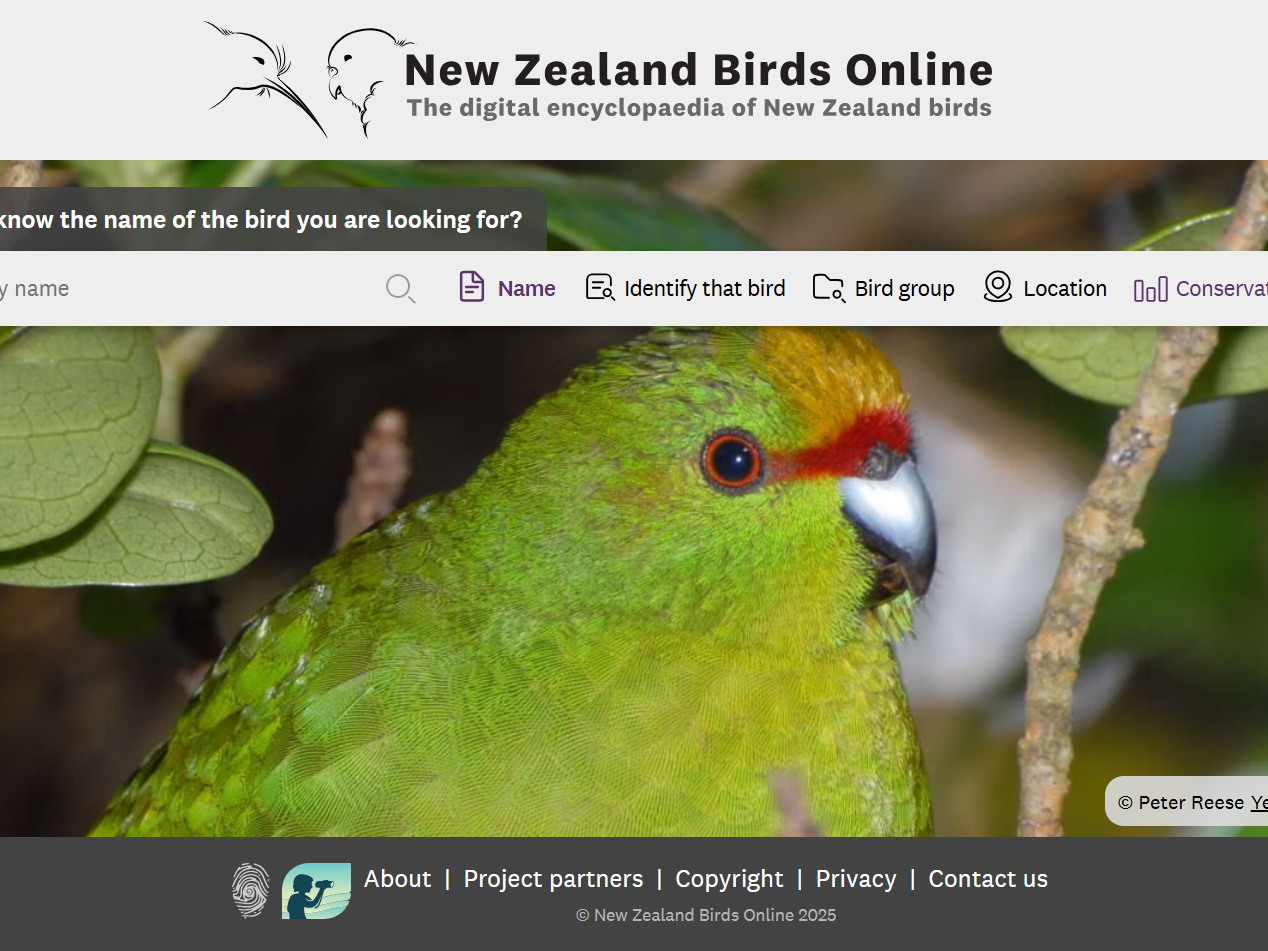
Find detailed information about all species of New Zealand birds, including all living, extinct, fossil, vagrant, and introduced bird species.
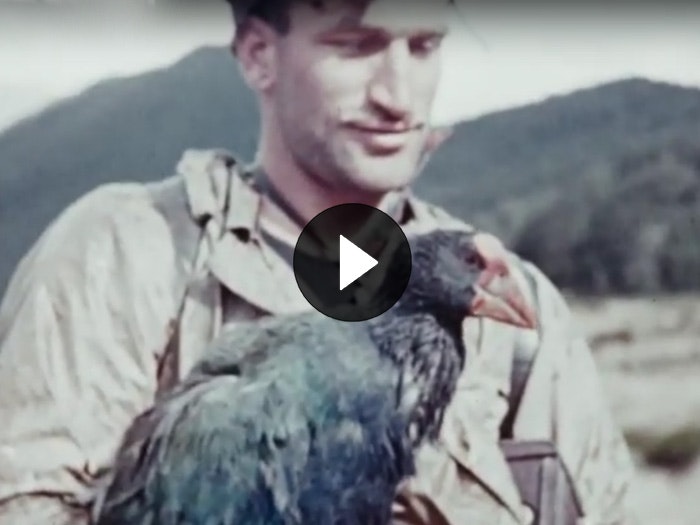
We've resurfaced colour footage not seen since the 1940s. One of New Zealand's greatest wildlife stories – the rediscovery of the 'extinct' takahē in 1948, found alive in Fiordland.
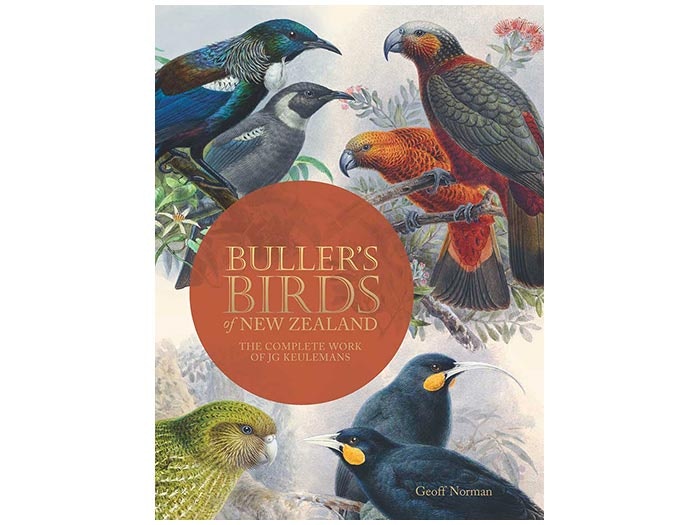
New Zealand's best-loved birds come alive in luminous colour in Buller’s Birds of New Zealand: The Complete Work of JG Keulemans.
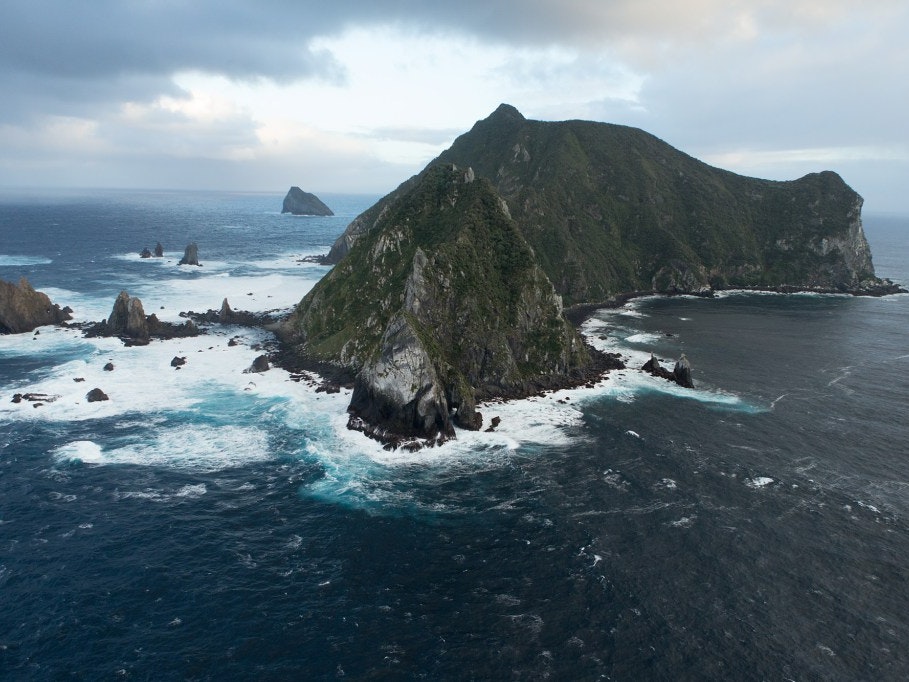
The remote Snares Islands are teeming with rare wildlife – including tomtits, albatross, and penguins. They seldom have human visitors. In late 2013, four Te Papa scientists spent two weeks on the Snares, carrying out a range of seabird and plant research projects.
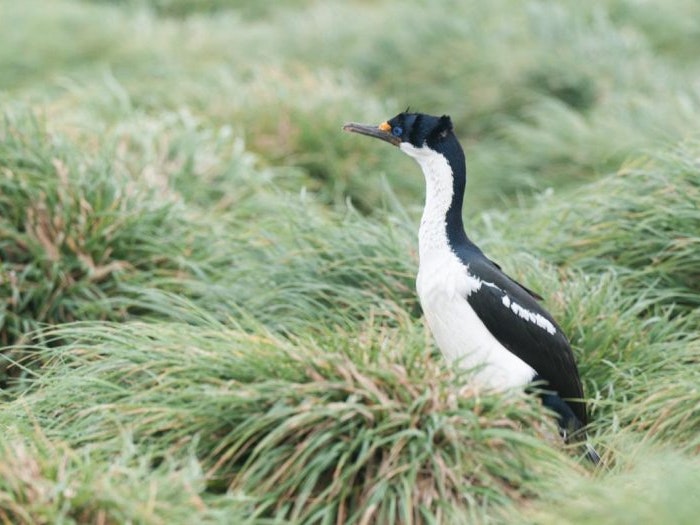
‘Presumably no-one bothered to check till now whether Ogilvie-Grant knew one shag from another.’ Curator Colin Miskelly shares his research resulting in the addition of a new (or old) bird to the official New Zealand bird list.
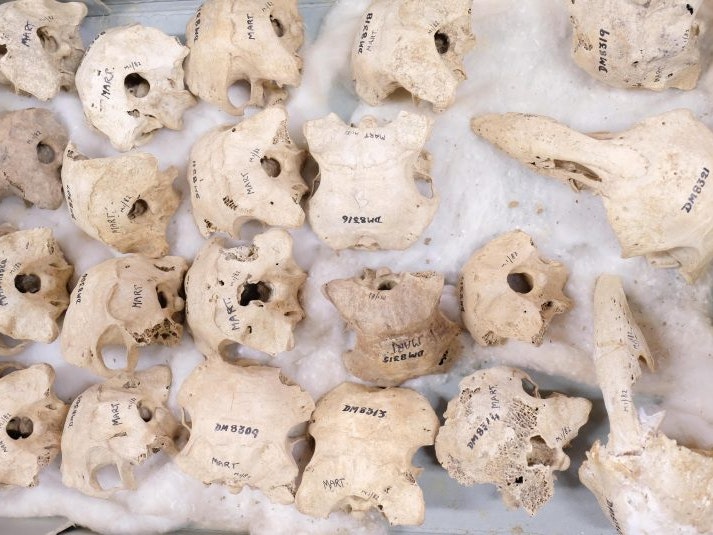
Fossilised bird grave sites are common in New Zealand, but one particular cave in Martinborough has revealed thousands of bones of flightless birds who plunged to their deaths.
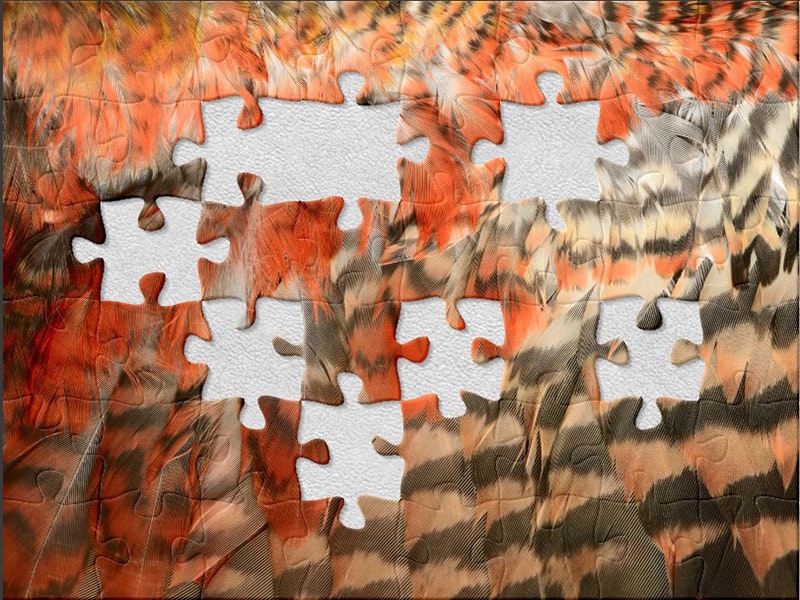
North Island Kaka, Nestor meridionalis septentrionalis, collected 24 April 1988, Waiterimu, near Ohinewai, Waikato., New Zealand. CC BY-NC-ND 4.0. Te Papa (OR.024148/1)
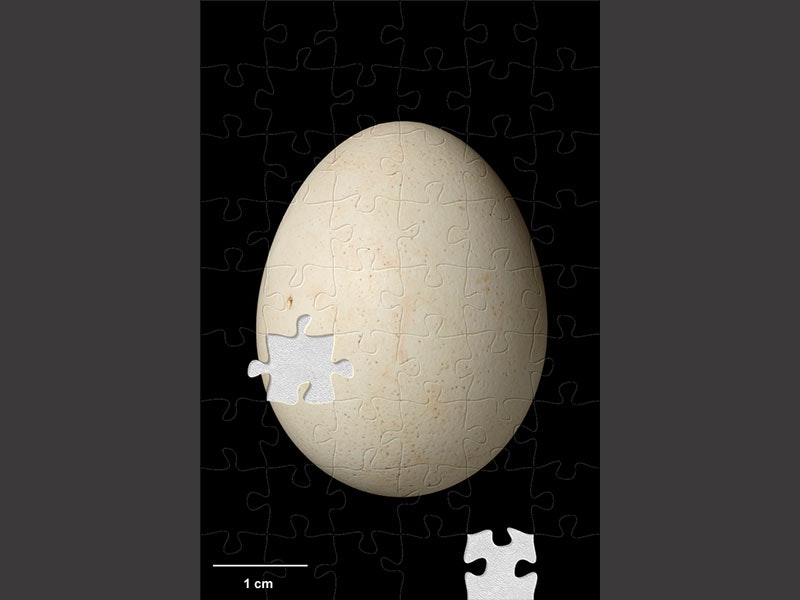
North Island Kākā, Nestor meridionalis septentrionalis, Te Papa (OR.026927)
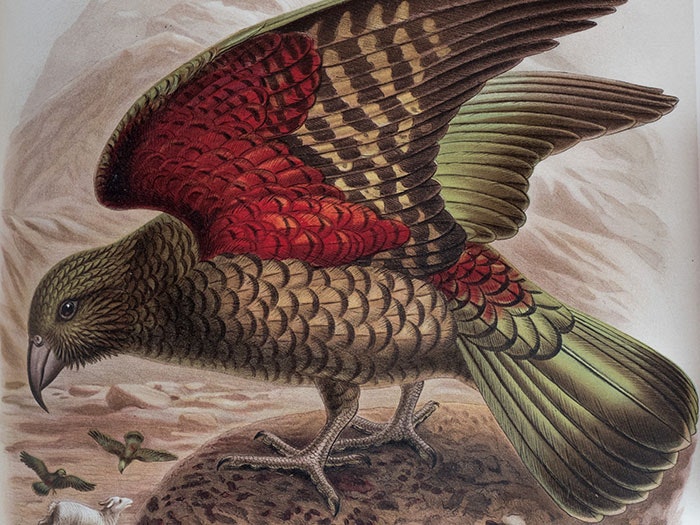
Do you know the difference between a hihi and a huia? Or how many species of kiwi there are in NZ? Put your native bird knowledge to the test.
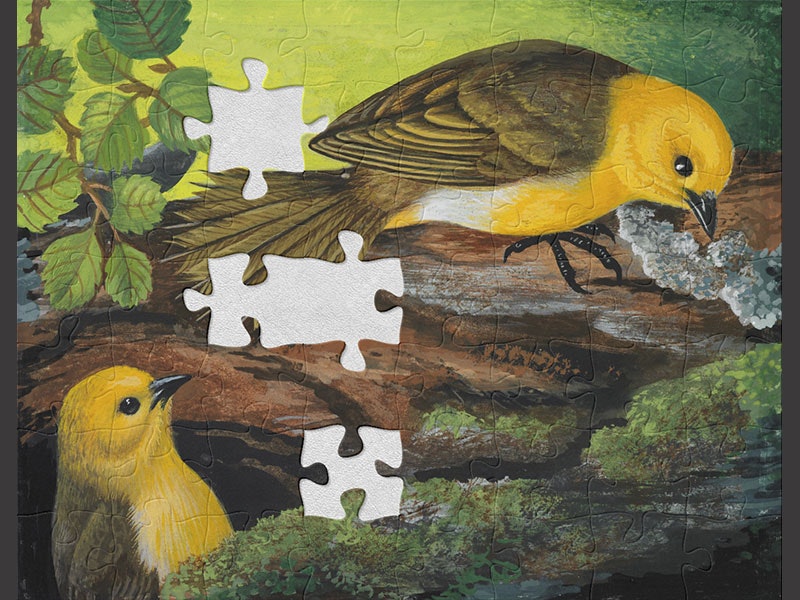
Eileen Mayo, Yellowhead, 1976, gouache on paper. Te Papa (2005-0015-1/11)
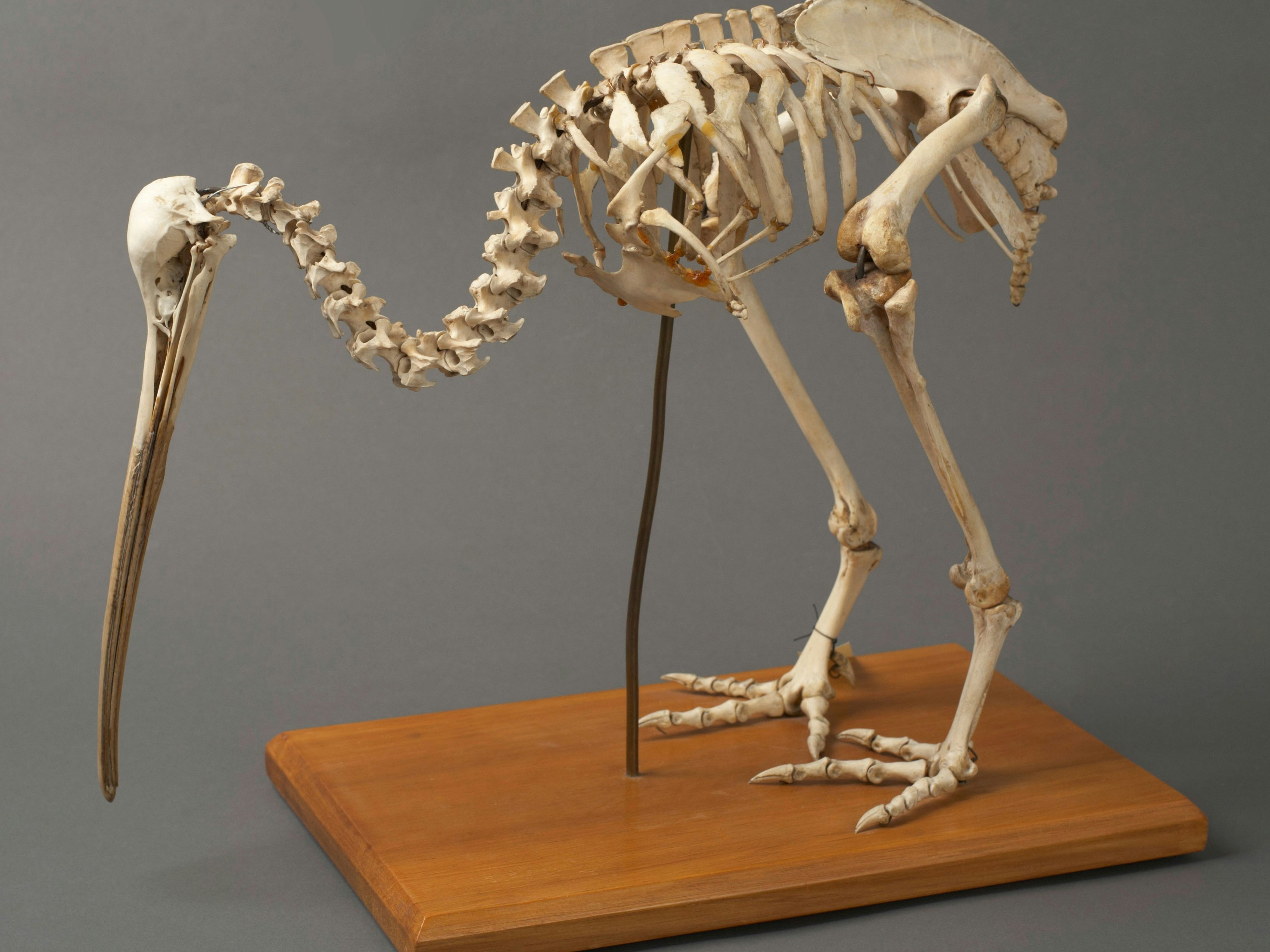
Stewart Island Brown Kiwi , Apteryx australis lawryi, collected no data, New Zealand. Acquisition history unknown. CC BY-NC-ND 4.0. Te Papa (OR.026398)
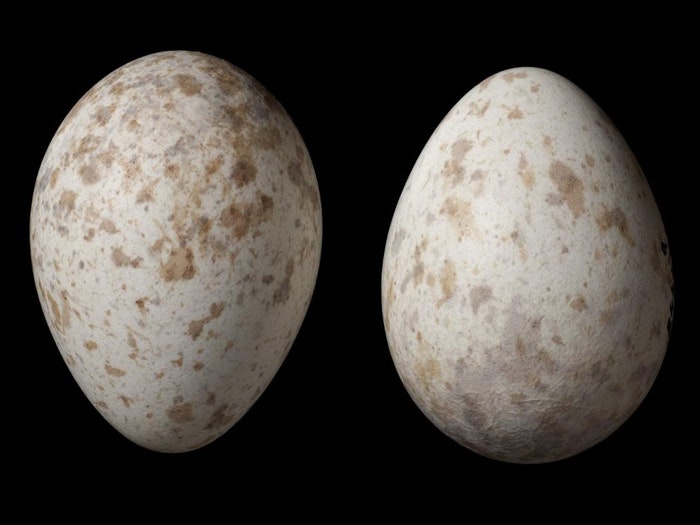
Bird expert Colin Miskelly highlights some of the treasures in our egg collection, including those thought to be held only by Te Papa – as well as giant moa eggs, tiny rifleman eggs, and eggs that were acquired during dramatic events in New Zealand’s conservation history.
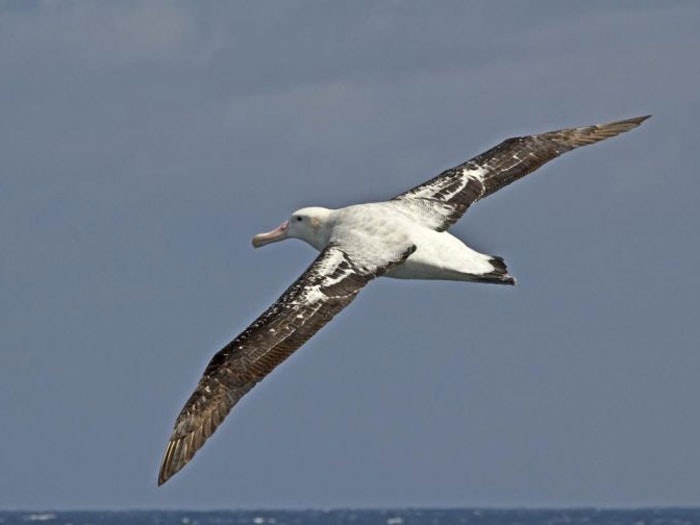
Vetebrate Curator Alan Tennyson explores the history of the name of the wandering albatross and the hunt for the original specimens.
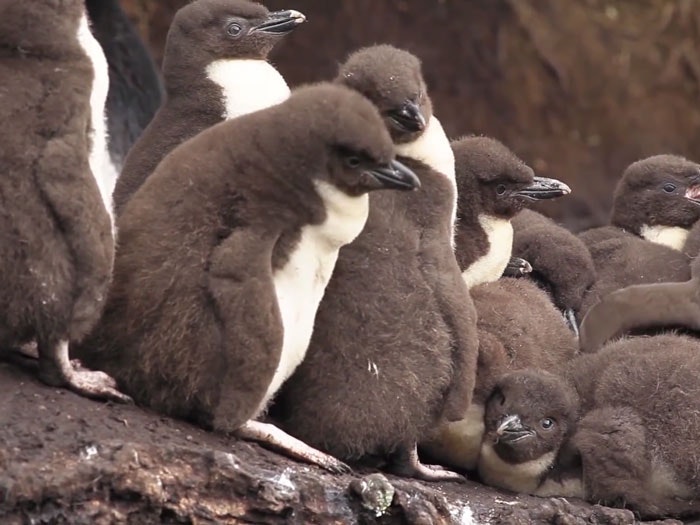
In late 2013, four Te Papa scientists spent two weeks on the Snares, carrying out a range of seabird and plant research projects. Watch a series of videos about the expedition.
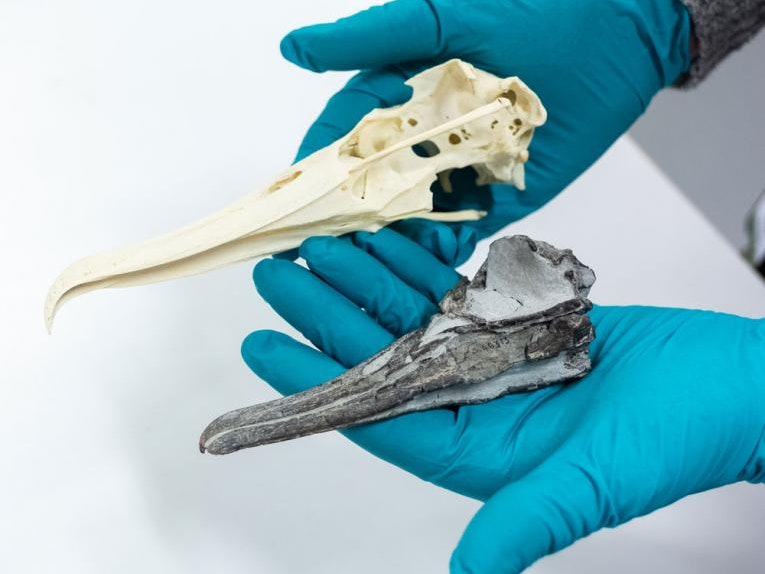
The most complete fossil albatross skull ever found. Curator of vertebrates Alan Tennyson tells us more.
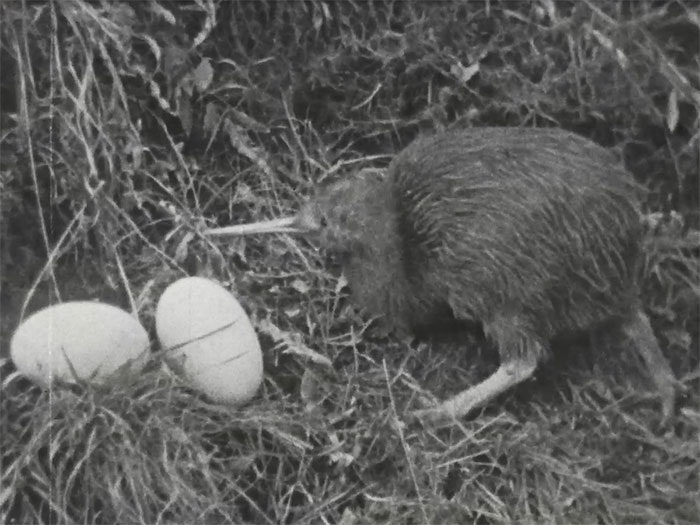
Bird expert, Colin Miskelly, comments on recently rediscovered 1940s footage of a kiwi, and explains how far wildlife documentaries have come in the last 70 years.
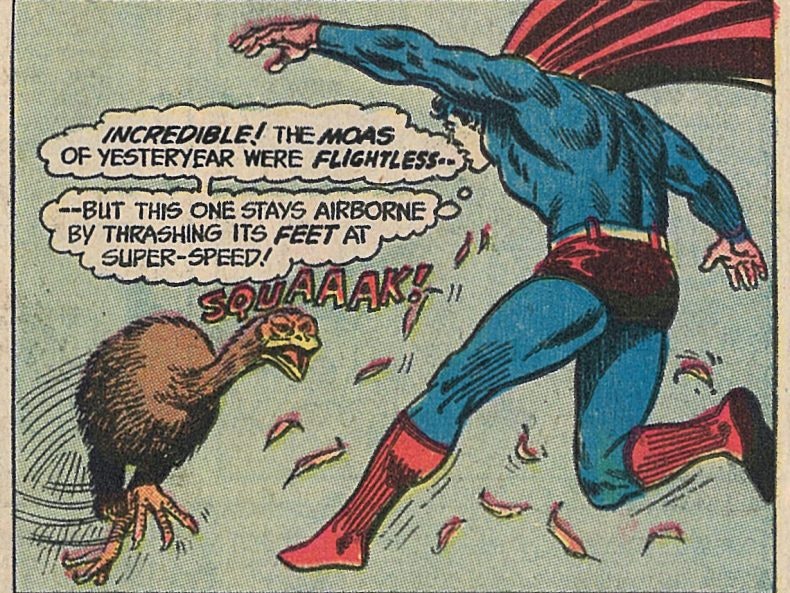
‘This Superman story is actually a great portrayal of an extinct species and its tragic fate at the hands of humankind.’